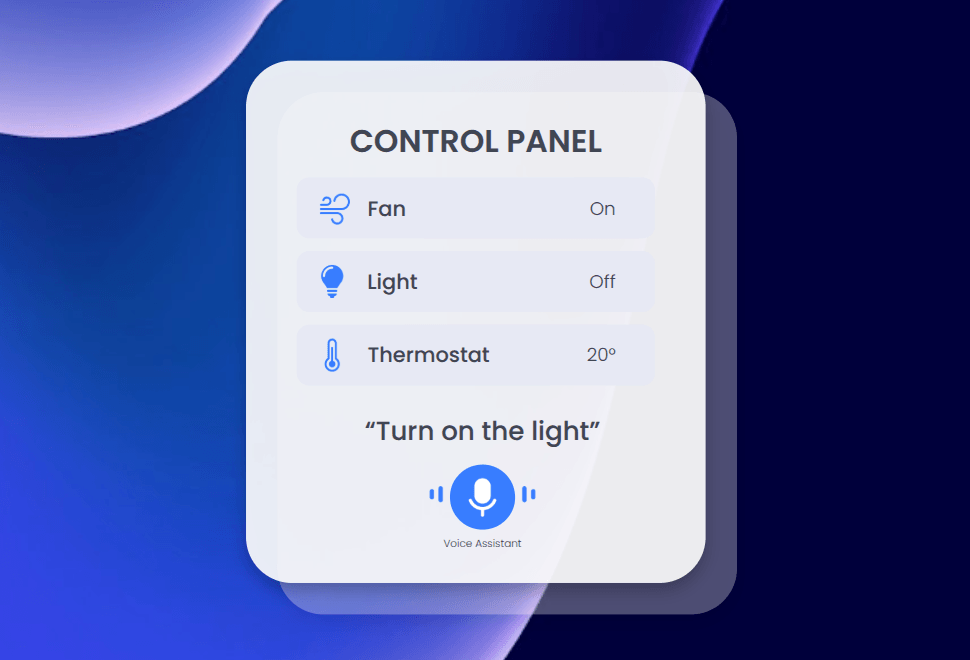Empower Your Products with Private, Instant Voice Commands

Overview
Seamless voice interaction powered by on-device speech recognition, understanding, and activation—across mobile, web, desktop and embedded.
Control your product and data for seamless experiences
Users do not know voice AI technology providers. They link bad experiences and productivity losses with brands directly. Choose the right vendor to turn speech into software commands and delightful experiences.
👤 Who this is for
Use Case Scenarios
Form Entry in Mobile or Web Apps
Forms and data entry can be tedious on-device or in-car infotainment systems.
- Wake word triggers attention, Rhino maps input to structured data.
- Results captured instantly—speech converted directly to meaningful action.
Voice Navigation in Desktop Tools
Users working on software—like CRM, CAD, or text editors—want hands-free command control.
- Local speech-to-intent engine recognizes commands immediately.
- Integrates with keyboard shortcuts or menu actions—no API, no cloud.
Embedded Devices with Secure Voice
IoT hardware without cloud services still needs safe voice UX.
- Run custom wake words and voice commands locally even on embedded.
- Enables secure, branded voice commands across platforms.
Key benefits
- Guaranteed response times—no network delays
- Data processed on-device—full control over data & compliance
- Custom AI models, branded wake words and voice commands tailored to your app
- Deploy on web, mobile, desktop, embedded devices
Related Products: Build Your Voice Control Stack
Why Picovoice On-device Voice AI for Voice Commands?
Frequently asked questions
Not at all. Picovoice Console provides a user-friendly browser interface that lets you define wake words and intents using plain language. You can test everything directly in-browser and export ready-to-deploy models—no machine learning experience, coding, or training pipelines required. It's built to empower developers and product teams of all technical levels.
Yes. Picovoice's products, including Porcupine Wake Word and Rhino Speech-to-Intent, are highly optimized to run on resource-constrained environments. Both Porcupine Wake Word and Rhino Speech-to-Intent support MCUs such as ARM Cortex-M with minimal memory and CPU requirements, enabling advanced voice control on devices with strict power or space limitations.
All Picovoice engines run fully on-device during operation—no cloud is required to detect, understand, or act on voice commands. Internet is only required for licensing and usage tracking.
Yes. Picovoice supports a broad range of platforms, including mobile (iOS/Android), web, desktop (Windows/macOS/Linux), embedded Linux, and microcontroller-based systems. This cross-platform flexibility makes it easy to integrate voice command functionality across your entire product ecosystem.
Yes. All speech recognition and intent processing occur locally on-device during runtime. Voice data is not transmitted externally, supporting compliance with GDPR, HIPAA, and other privacy regulations.